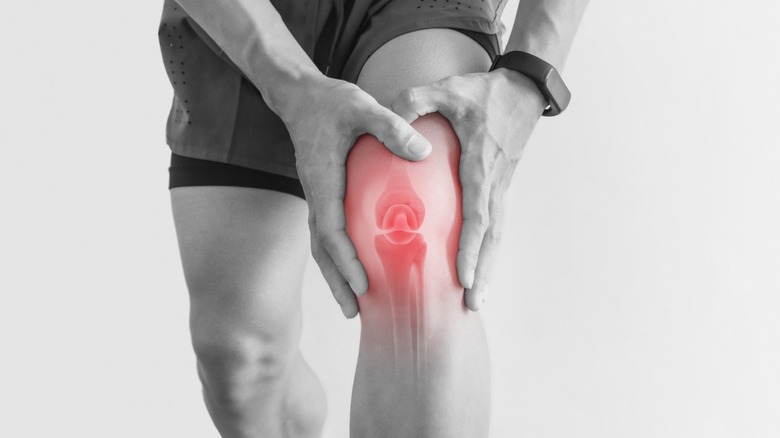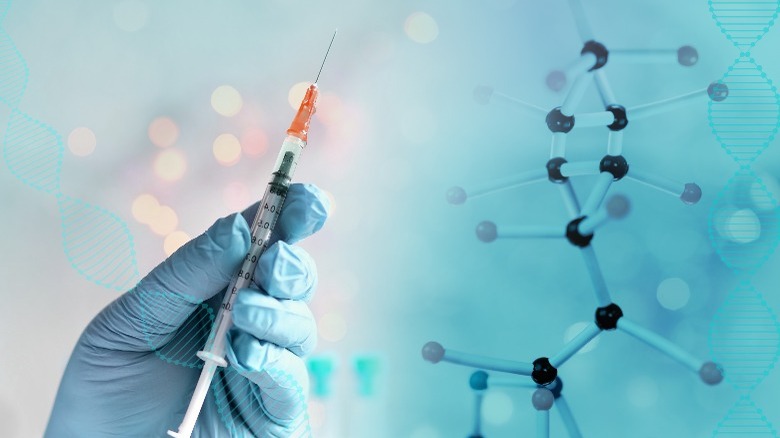What Is Regenokine And How Can It Help With Joint Pain?
Joints are sections of the body where two or more bones come across one another, according to the University of Rochester Medical Center. Most enable movement and are made up of several components, like cartilage, ligaments, and tendons. While healthy joints enable our lifestyles and movement, unhealthy joints can cause some issues. Some may be in pain or even inflamed (per Merck Manual). Pain may occur during activity or at rest. Notably, a common symptom of joint inflammation is pain. Other common symptoms include limited mobility, redness, swelling, and warmth in the affected area, says Medical News Today. Unfortunately, joint pain is very common. In fact, the Centers for Disease Control and Prevention (CDC) found that 30% of adults reported joint pain in the last month. In the survey, knee joint pain was the most reported, over shoulder and hip pain.
There are numerous potential causes of joint pain. Some common causes include — but are not limited to — bursitis, injury, osteoarthritis, rheumatoid arthritis, and tendinitis (via Cleveland Clinic). Luckily, there are many conventional treatments for joint pain, like heat and ice, anti-inflammatory drugs, steroid injections, or even surgery. There are also alternative options, like Regenokine (via Healthline). Here's everything you need to know about this type of anti-inflammatory serum.
How does Regenokine work?
Regenokine was first developed for use on horses with joint issues by Dr. Peter Wehling in Germany, where it is currently approved for human use (via Healthline). Many famous people, ranging from Alex Rodriguez to Kobe Bryant, have traveled to Germany to receive the treatment. While Regenokine is still not FDA-approved, the United States has three off-label sites where it is in use. These sites are licensed by Dr. Wehling. According to WebMD, Regenokine — also known as Orthokine or autologous conditioned serum — can cost up to $10,000 dollars per session. The procedure starts by having a healthcare professional draw your blood with a special type of syringe that contains "medical-grade glass beads," which will help the body produce anti-inflammatory cytokines. Your blood is then heated and spun in a centrifuge to extract the serum. Finally, it is injected into the joint.
Regenokine may work because it is a high-level concentration of the anti-inflammatory protein interleukin-1 receptor antagonist (IL-1 Ra), as per Healthline. This protein helps block the pro-inflammatory protein interleukin-1. The method may work for many people with mild to moderate arthritis, however, it may not be the best option for those with extreme arthritis, like bone on bone.


